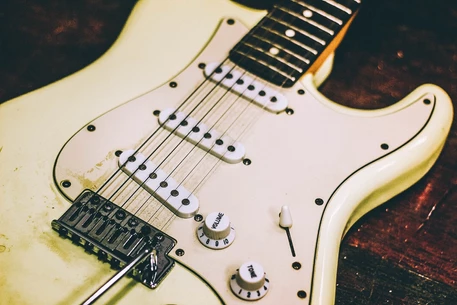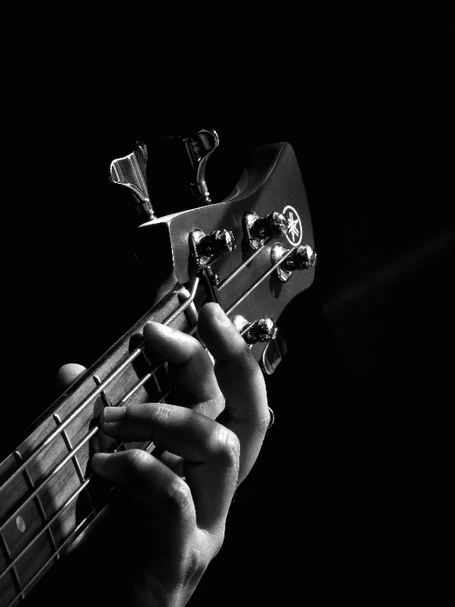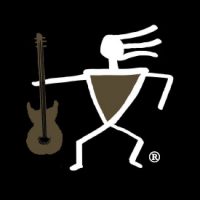The shape of your guitar’s frets is the single most prominent factor determining how well your guitar plays. Pressing strings against the frets while playing causes changes in the overall condition of the frets.
What Is Fret Wear?
A guitarist is well aware of fret wear being a normal, almost natural, by-product of playing the instrument often. The resulting friction between the more rigid strings and softer frets subtly causes wear and tear on the surface of the fret, changing its shape permanently. A pitted or dented fret generates string rattle noises, produces intonation, and obstructs smooth string bend. Likewise, a flat fret is the origin of rattle and intonation obstacles. But what do we know about fret wires? Let’s dive into the melodious basics:
What Are Frets Made Of?
Although fret wires are manufactured from nickel silver, the alloy itself is deprived of silver — much rather, it contains 80 percent copper, 18 percent nickel, and 2 percent of lead, zinc, and cadmium. However, a good fret wire typically contains more zinc than copper.
Alternatively, fret wires can be made from stainless steel. Although this material is fairly tricky to work with and comes with a heftier price tag, it lasts a whole lot longer than traditional fret wire. For this reason, guitar luthiers charge double to refret a guitar using stainless steel fret wire as it takes longer and destroys a couple of their tools.

How To Size A Fret?
Fret wire comes in various shapes and sizes that serve different types of guitars and playing preferences. The style of the fret wire is determined based on the following four elements: width of the crown, the height of the crown, depth of the tang, and size of the barb.
The exposed part of the fret is known as the crown that you press the string down on to fret a note. The barb is used to secure the fret onto the fretboard, much like a row of hooks. The width of the barb governs the width of the fret slot, while the tang controls the depth of the fret slot (i.e., determining the penetration of the fret wire into the fretboard). Shallow barbs and tangs fail to secure frets into the fretboard, while the wide ones can chip or crack the fretboard. For this reason, you must be careful about choosing the correct size of fret onto the neck of your guitar.
Can The Damage Be Repaired?
Fortunately, any damage caused to the frets is repairable with the use of fret levels.
Welcome to Rock Guitars International. Eddie A, the guitar luthier from California, handcrafts designs on guitars. We manufacture high-performance guitars with custom rocky finishes. Eddie’s guitars undergo an extensive eight-step process for quality fretwork, making them one of a kind. Buy custom Rock Guitars online.


